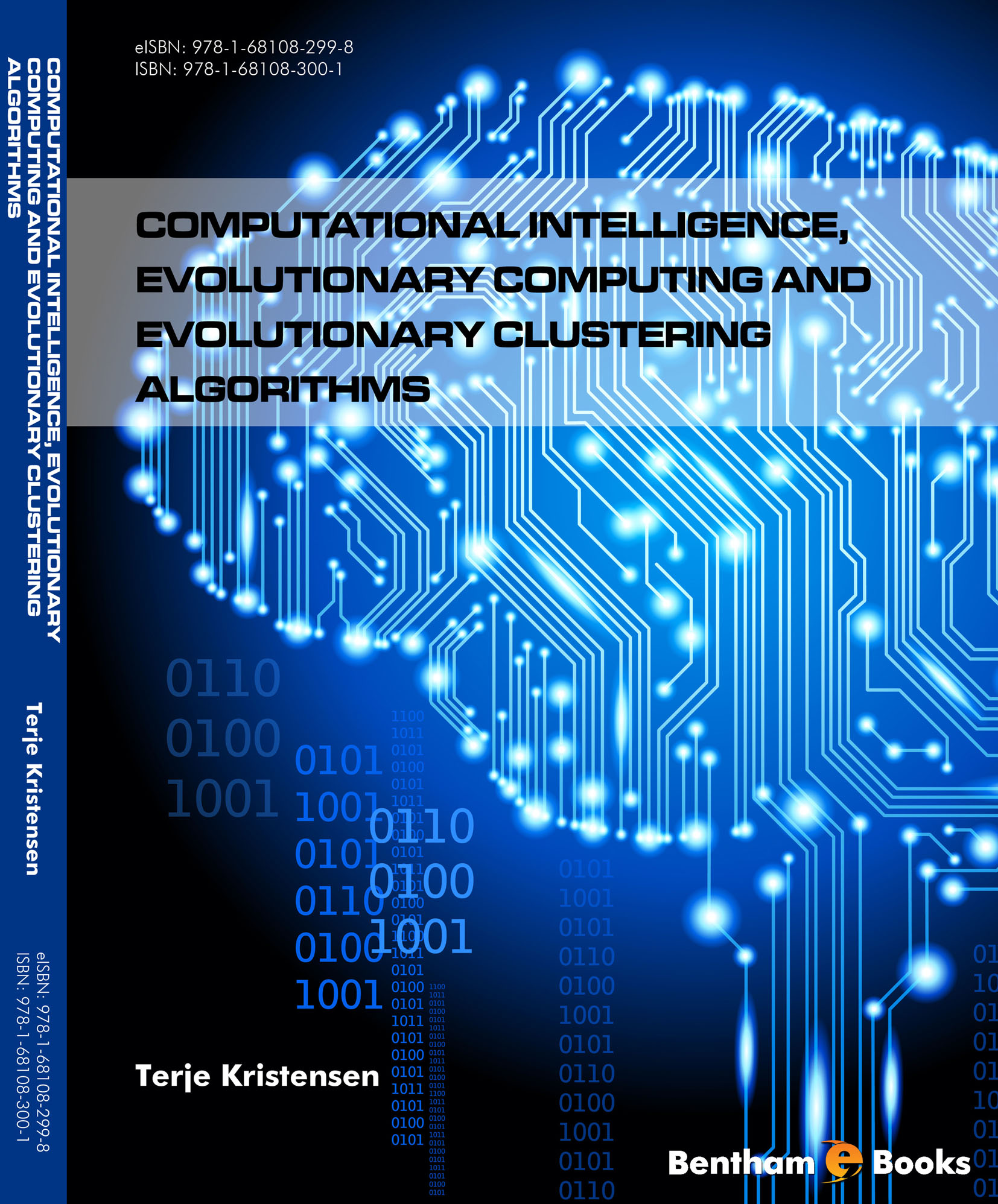Reviews
Review 1
Terje Kristersen's book seems to serve a good role in studying and analyzing high dimensional data using computational intelligence. The author has both teaching as well as industrial experience and hence, myself having around 20 years teaching in a similar domain, I agree that there is a need of such a book. Generally, books found on the subject are comprehensive and a lack of topics like clustering is found as one of the only issues in these books. Having book primarily focusing on clustering related work really puts a value to it.
The first three chapters provide a general introduction and background for clustering and introduction to different evolutionary algorithms. Chapter 3 discusses components of evolutionary algorithms. However, Simple example(s) could have been included to explain the various components to the new reader. The middle portion of the book (Chapters 4, 5 and 6) provides analysis and evaluation skills. Chapter 4 is very strong and details system specification that invites the reader to pay attention to concepts like functional and non functional requirements enabling new designers / engineers to clear planning work. Chapter 5 on design and mplementation includes details of implementation like Netbeans and JavaFX while chapter 6 on data and visualization expands users focus and provide useful tips. The chapter on user Interface is interesting in in the way it explains how to to create interaction between a user and the system. The chapter titled "A Case Study" is one of the strongest parts of the book and provides a comparison of different algorithms on various data sets for given benchmarking criterion.
The only concern I could find with the book is that, being on very specific topics and targeting only a limited segment of people, it could have incorporated basic programs with small implemented results to encourage new readers to start working in the domain.
Computational intelligence, Evolutionary Computing and Evolutionary Clustering Algorithms should be on the reference list of every practicing engineer working in a similar domain.
Maulin Joshi,
Professor and Head, E&C Department,
SCET, Surat, India

